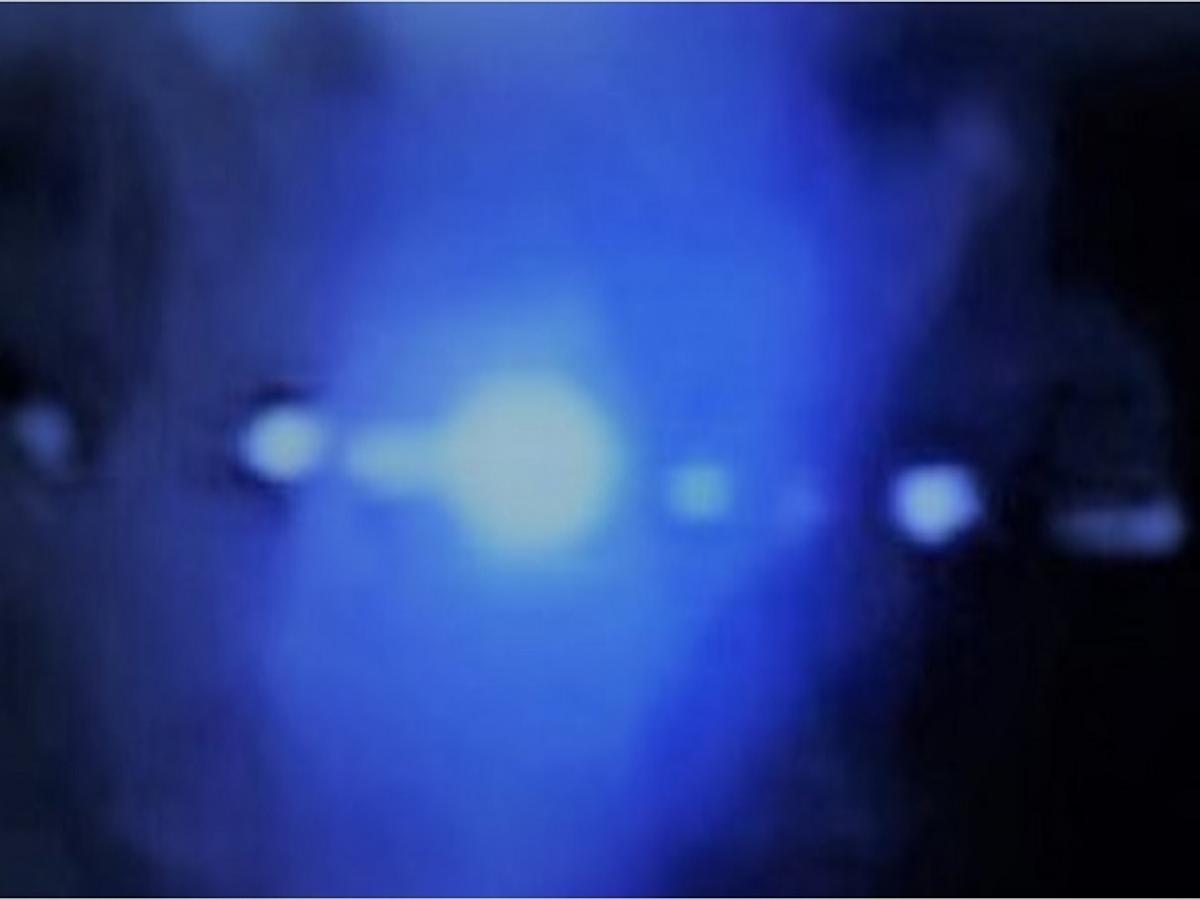
Caption: A USPL high intensity 2-micron laser inducing air-breakdown. Image: University of Adelaide.
The University of Adelaide has joined a coalition of global laser technology heavyweights which aims to kickstart the Australian laser industry. An MOU includes plans for the first joint initiative to build a high energy laser facility in Australia.
"University of Adelaide scientists will collaborate with industry partners and researchers from other institutions to develop sovereign capability in many new areas of technology, including laser technology for clean fusion energy generation," said Professor Miftar Ganija, DSTG/University of Adelaide Professor in Ultra-Short and Short Pulse Lasers (USPL), Leader of the Centre for Advanced Defence Research (CADR-USPL) Program.
"The partnership will include, among others, engineering multinational Thales Group, Japan's first-ever laser fusion company EX-Fusion, the University of Adelaide, long-time global leaders in high-energy laser science the Institute of Laser Engineering Osaka University, engineering firm BECA and laser component manufacturer Southern Photonics.
"This will enable new cutting-edge research to be conducted at the University of Adelaide as part of the Ultra-Short and Short Pulse Laser (USPL) program."
The goals of the coalition are to:
- Achieve Australian petawatt laser capability, as an internationally significant research infrastructure investment;
- Build the partners' capabilities for participation in large scientific partnerships, including public private partnerships (PPPs) for laser fusion energy;
- Develop applications for ultrashort and short pulse laser (USPL) systems, including directed energy and laser fusion for clean energy generation;
- Identify laser design, engineering, and development opportunities as a focus for investment;
- Assist to establish a local sovereign advanced manufacturing industry for key components of USPL systems; and
- Build a workforce of experts in USPL science, design, and manufacture as a foundation to grow the emerging industry.
"This is a fantastic time for our research because of the announcement about laser fusion and the signing of the MOU to further strengthen the University of Adelaide's and its industry partners' efforts towards sovereign manufacturing capability." Professor Mifta Ganija
The University's USPL team is collaborating with industry partner HB11 Energy to capture the already rapidly evolving industry for high-power lasers through the joint University of Adelaide and UNSW Defence Trailblazer for Sovereign Capability project. The project is pursuing the development of new USPL applications from concept to industrial manufacture.
The announcement of the partnership coincides with news from Lawrence Livermore National Laboratory in California that their scientists have achieved a fundamental breakthrough of using a high intensity laser. The announcement heralds a step towards limitless, zero-carbon through fusion.
"The breakthrough shows the efficiency of the laser and will likely hold the answer to the world's clean energy problems," said Professor Ganija.
The Australian approach to fusion is unique as it plans to use hydrogen and boron-11. University of Adelaide graduate, Sir Mark Oliphant, played an important role in demonstrating nuclear fusion in 1932. The first USPL laser sources developed at the University are done in the building named after Sir Oliphant. The field of laser fusion was pioneered by HB11 co-founder Professor Heinrich Hora.
"This is a fantastic time for our research because of the announcement about laser fusion and the signing of the MOU to further strengthen the University of Adelaide's and its industry partners' efforts towards sovereign manufacturing capability," said Professor Ganija.






